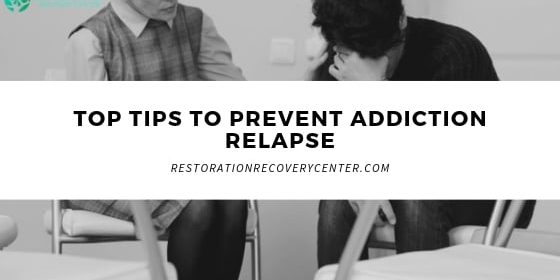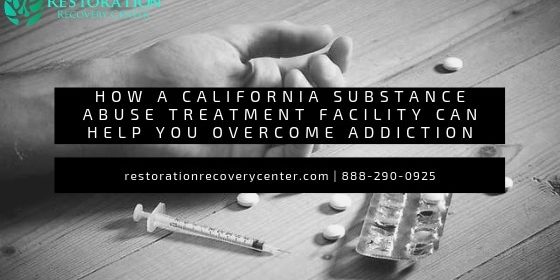7 Ways to Begin Addressing and Healing From Trauma
Trauma can happen at any point in someone’s life. What constitutes trauma also varies from person to person. The Substance Abuse and Mental Health Services Administration (SAMHSA) defines trauma as an event that leaves an individual feeling overwhelmed, scared, humiliated, or helpless. Traumatic events include natural disasters, accidents, medical procedures, or acts of abuse or violence. Some studies link trauma with mental health issues such as depression, anxiety, substance use disorder, relationship problems, and post-traumatic stress disorder (PTSD). If you find yourself struggling with these symptoms, it may be time to take steps towards healing.
The Wounds of Trauma
The healthy flow and processing of distressing emotions like anger, sadness, shame, and fear, plays an important role in healing any trauma. Depending on the severity of one’s trauma, one may experience short-term and/or long-term symptoms. These symptoms of trauma may last anywhere from a few weeks to years. Some of these symptoms are visible, like suffering from continuous cycles of distress, anxiety attacks, frequent or periodical flashbacks, or persistent flight or fight responses around certain places or interactions. Other symptoms are more internal and may include depression, feelings of helplessness, flashbacks, nightmares, increased irritability, anxiety, panic, and obsessive thoughts.
Running from Their Feelings
People who suffer from post-traumatic stress disorder or memories of their trauma often avoid the things that make them feel emotionally vulnerable. However, running from your feelings usually causes more harm than good. It may seem easier to divert our attention from our feelings by engaging in distractions, but putting on a happy face to mask any harder emotions allows trauma wounds to fester even more. If unaddressed and left untreated, these feelings can result in:
- Psychological problems like depression, anxiety, or post-traumatic stress disorder.
- Physical problems like heart palpitations, aches, and pains, having difficulty sleeping, or overeating as a way of self-comforting.
- Social problems like the inability to sustain relationships, social avoidance, or marital issues.
Though it may seem harder to sit with our emotions and feel them without judging them, it paves the path to healing the trauma wounds. Finding the best treatment will help you process and resolve these feelings emitting from the trauma. At Restoration Recovery, we offer several services like trauma therapy to benefit our participants’ recovery.
Steps for Healing
There are several therapeutic techniques to assist your healing. Here are seven tools that you can apply to manage triggers or treat the symptoms of trauma.
1. Breath Work:
Deep breathing is one of the simplest and most effective ways to regulate emotions. When you notice a surge of emotion, breathe in slowly through your nose and out slowly through your mouth. Repeat several times or until you find a state of calm. Ultimately, deep breathing is meant to relax the body and get your mind and brain back into a more neutral state.
2. Focus on Your Five Senses (5-4-3-2-1):
The 5-4-3-2-1 Technique brings you back from your thoughts and into the present moment. This can be a great way to lower anxiety, ease your mind through stressful situations, and help you focus on what’s happening right in front of you. It works by refocusing your mind to the present using your five senses to identify visible items around you.
3. Validate Your Experience
To heal from trauma, consider accepting the reality of your experience. Any experiences that leave you feeling embarrassed, ashamed, angry, depressed, or guilty benefit from sharing and acknowledging the feelings. Too often, we try to suppress these emotions to protect ourselves from being vulnerable. Rather than avoiding or repressing these feelings, allow yourself to feel them and express them via methods like journaling or counseling.
4. Seek The Assistance of Trained Professionals
Expert assistance from therapists or counselors can help you work through your thoughts, feelings, and fears. These professionals are well-trained to be responsive to your needs in a safe and confidential environment.
5. Incorporate Movement
Movement is a powerful healer because it helps release endorphins and connect with your body and the world around you. Movement helps you understand and bond with your body in a very authentic way. It opens up communication between your mind and body that is usually not available or limited after trauma.
6. Build a Support System
Whether it’s a recovery buddy or a friend or family member, there are plenty of people who want to help you find healing. Having a support system will help you ride the tough times of recovery.
7. Practice Meditation and Mindfulness
Meditation and mindfulness can be a very healing practice for adults coping with trauma. Evidence shows that meditation can lower anxiety, decrease stress and cortisol, and boost your immune system. If you struggle to meditate, you might try guided meditations or following an app to get you started.
The importance of identifying your trauma and moving through it is crucial to a successful recovery. If you feel unmotivated or overwhelmed, begin with taking small steps towards healing. Emotions such as fear, shame, guilt, and regret can lead to a person’s demise if left unpacked and untreated. In addition, it can exacerbate feelings of shame or worthlessness, which can cause a person to avoid people or pursue their passions. That further contributes to the cycle of negativity and avoidance. Find the courage to deal with your emotions and recover from the trauma. The right treatment that fits you will support you through the process of healing. At Restoration Recovery Center, we cultivated an environment where you will feel supported and understood. Our team of licensed mental health professionals will help you process your trauma and feelings of shame, fear, guilt, and rage. We look forward to helping you along the journey. Call us today at (888) 290-0925.






